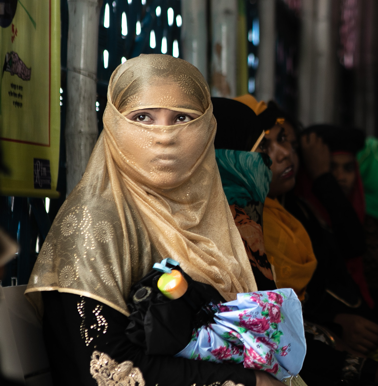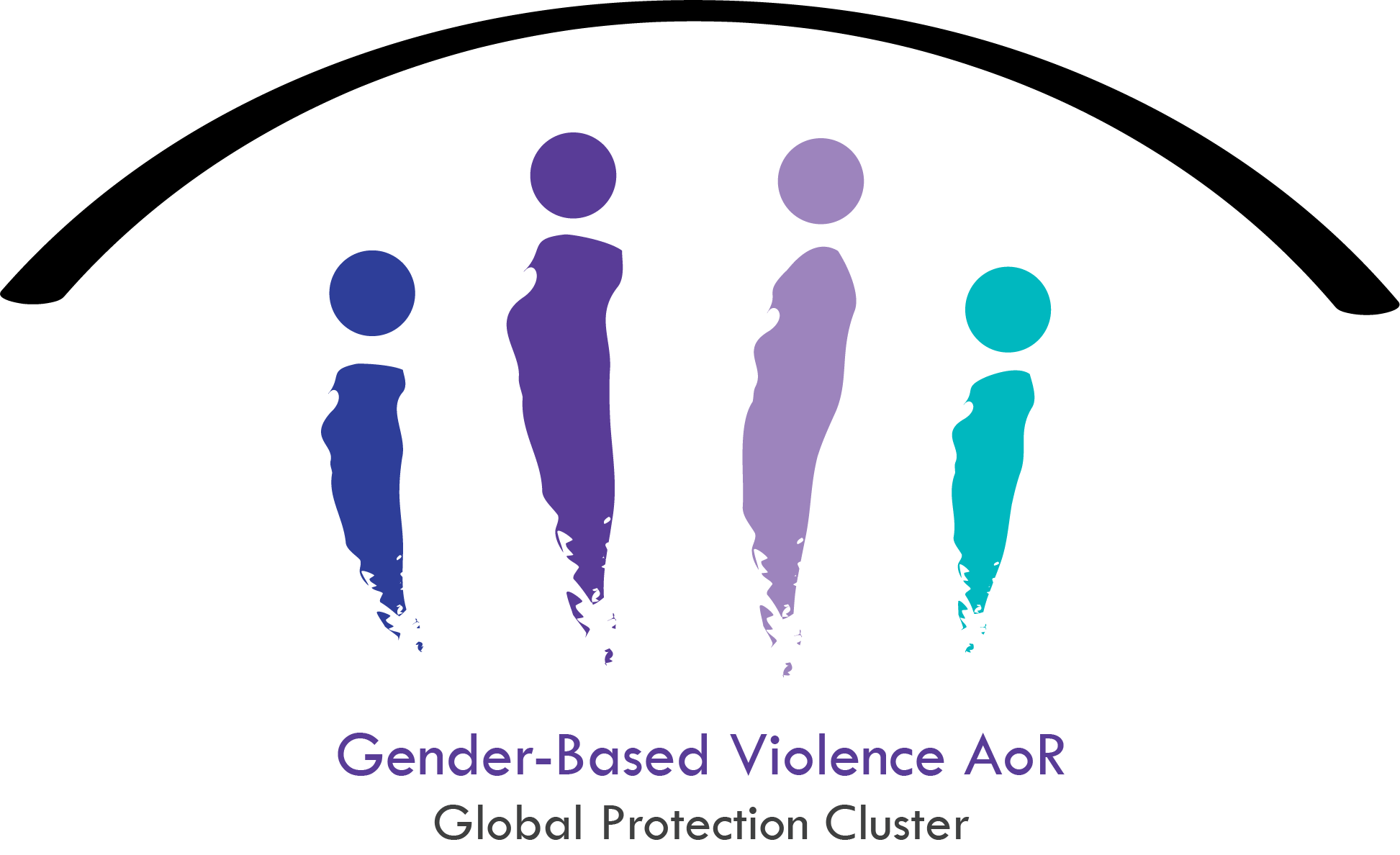What We Do
GBV Coordination at Global Level
The GBV AoR Coordination Team sits in Geneva. The GBV AoR coordinates and provides global level inter-agency policy advice and guidance on the implementation of the cluster approach to GBV sub-clusters in the field, supports GBV responses in non-refugee humanitarian crises, and leads standard and policy setting relating to GBV in humanitarian emergencies. The GBV AoR Coordinators are provided technical and information management support but are not supervised by the AoR.
For our priorities, read the GBV AoR Strategy 2018-2020, which builds on the substantial achievements of the GBV AoR to date and outlines the priorities until 2020.

GLOBAL MINIMUM STANDARDS TASK TEAM
The overall goal is to enhance accountability among GBV specialists and ensure program consistency, set a minimum threshold for quality, and provide clarity on what constitutes effective GBV prevention and response in volatile and rapidly changing humanitarian contexts.
GUIDELINES REFERENCE GROUP
The revised GBV Guidelines were finalized and endorsed by the IASC in 2015. The overall goal of the GBV Guidelines is to support humanitarian stakeholders (international and national actors across all humanitarian sectors) to fulfil their responsibility to protect all those affected by crises, by: Reducing risk of GBV, promoting resilience, and aiding recovery of communities.
GBV Coordination in the Field
We are currently supporting GBV subclusters in 27 contexts. This number may vary, especially in contexts of cyclical natural disasters or mixed refugee and IDP settings. Other countries may also have forms of GBV coordination groups, such as Working Groups, that the Global Coordination Team supports. As described by the Inter-Agency Standing Committee, a cluster at field level has six core functions, to ensure the effective coordination of humanitarian response.
SUPPORTING SERVICE DELIVERY
INFORMING STRATEGIC DECISION-MAKING
PLANNING AND STRATEGY DEVELOPMENT
MONITORING AND REPORTING
ADVOCACY
CONTINGENCY PLANNING/PREPAREDNESS
Global Initiatives
CALL TO ACTION
The Call to Action on Protection from Gender-Based Violence in Emergencies (Call to Action) is a multi-stakeholder initiative launched in 2013 by the United Kingdom and Sweden that aims to fundamentally transform the way gender-based violence (GBV) is addressed in humanitarian emergencies. The Call to Action Road Map 2016–2020 is the operational framework for the initiative and is based on the collective action of governments, international organisations and non-governmental organisations (NGOs).
The Call to Action Road Map Toolkit and Template in English, Arabic, French & Spanish are available here.
Country Level Road Maps
The GBV AoR is managing a global DG ECHO project in support of inter-agency leadership and coordination of pilot Road Maps in Northeast Nigeria and the DRC. To access tools and learn more about the development of country level Road Maps, click here.

The Call to Action Accountability Framework
The accountability framework (previously known as Real-Time Accountability Partnership on GBV in Emergencies) helps key humanitarian agencies to work toward system-wide accountability for GBV prevention and response. Our goal is for all actors to prioritize and coordinate GBV response services and integrate GBV prevention across sectors from the outset of an emergency.
Since January 2019, in Iraq, various agencies have been working with the Accountability Framework to deliver on concrete minimum actions.
Child and Adolescent Survivor Initiative
Child sexual abuse is a violation of human rights and a major global public health problem, having severe short- and long-term consequences on the physical, mental, social, emotional, and economic well-being of children and adolescents, their families, and the greater communities in which they live. In 2018 the IRC partnered with the global CP and GBV AoRs and the Norwegian Refugee Council to launch the Child and Adolescent Survivors Initiative, an inter-agency initiative funded by OFDA to improve the quality of and access to services for child and adolescent survivors of sexual abuse by strengthening coordination between CP and GBV actors.

